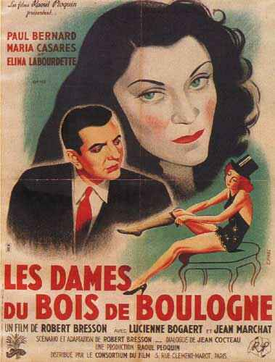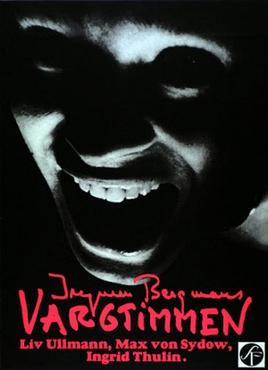 |
| John Garfield and Joan Crawford in Humoresque |
Paul Boray: John Garfield
Sid Jeffers: Oscar Levant
Rudy Boray: J. Carrol Naish
Esther Boray: Ruth Nelson
Gina: Joan Chandler
Phil Boray: Tom D'Andrea
Florence Boray: Peggy Knudsen
Monte Loeffler: Craig Stevens
Victor Wright: Paul Cavanagh
Frederick Bauer: Richard Gaines
Paul as a child: Robert Blake
Director: Jean Negulesco
Screenplay: Clifford Odets, Zachary Gold
Based on a story by Fannie Hurst
Cinematography: Ernest Haller
Art direction: Hugh Reticker
Film editing: Rudi Fehr
Music: Franz Waxman
Jean Negulesco's Humoresque gets its title from the Fannie Hurst short story it's based on, but it also evokes the music played behind the opening title: the seventh of Antonín Dvořák's Humoresques, a group of short piano pieces that were later transcribed for orchestra. The music is best known today for the several facetious lyrics that have been attached to it, including "Passengers will please refrain from flushing toilets while the train is standing in the station" and "Mabel, Mabel, strong and able, get your elbows off the table."* Today, the movie also inspires similar irreverence, as an example of the melodramatic excesses of Joan Crawford's later career. How many drag queens have donned replicas of the Adrian gowns Crawford wears in the film, with shoulder pads so wide and sharp you fear that she could injure a bystander with a sudden turn? But there are far worse movies than Humoresque, and far less impressive performances than Crawford's in it. She doesn't appear until well into the film, after we've established the ruthless desire of Paul Boray to become a famous concert violinist. All he needs, it seems, is a rich patron, so when he meets Helen Wright, who has the money and nothing else to do with it but take lovers and drink, his fate is sealed. It's not like he doesn't have people to warn him off: There's his fellow musician, pianist Sid Jeffers, who can't supply much more than cynical wisecracks to keep Paul from doing the wrong thing. And there's his mother, who bought him his first violin but now wants him to settle down with fellow starving musician Gina and raise a family. But once Paul falls into Helen's clutches and becomes a hugely successful concert artist, all Mama and Gina can do is sit in the audience and glare up at Helen in her box -- though Gina sometimes bursts into tears and flees the auditorium. None of this would work if Garfield and Crawford didn't play their roles as well as they do. Garfield brings all the intensity and conviction to Paul that he does to his ambitious boxer in Body and Soul (Robert Rossen, 1947). Although the violin playing is actually done by Isaac Stern, with some nice camera trickery that puts Garfield's face and Stern's fingers in the same frame, Garfield keeps up the illusion well, to the extent of busily working the fingers on his left hand, practicing the fingering even when he's not playing. He has some improbable lines to speak -- the screenplay by Clifford Odets and Zachary Gold is freighted with them -- but he makes them work. As for Crawford, ambition was her nature and ruthlessness her forte in life as well as art, but she never just speaks her lines -- she inhabits them. There's no surprise in her performance, but that's not what we want from her. Negulesco's direction can be a little shapeless -- there's a gratuitous mid-film montage depicting a busy, hyped-up New York City -- but he handles the concluding sequence, set to a pastiche of themes from Tristan und Isolde, very well. Franz Waxman received an Oscar nomination for scoring, and there are excerpts from composers like Tchaikovsky, Brahms, Bizet, Mendelssohn, and Bach throughout: The film is a reminder that there was once a time when the audience for a Hollywood film would sit through extended passages of classical music.
*Or in my case, the discovery along with generations of other English lit grad students that the pouncing trochees of Tennyson's "Locksley Hall" -- e.g., "In the spring a young man's fancy lightly turns to thoughts of love" -- could be sung to Humoresque No. 7.



.jpg)




